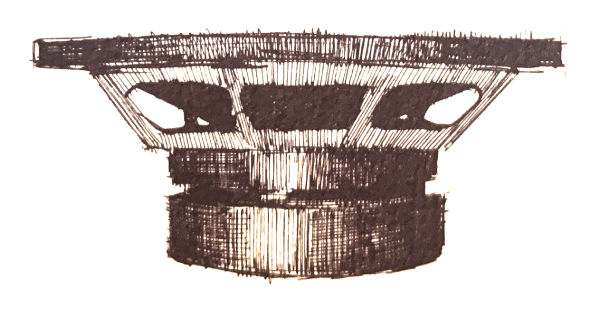

CELEBRATING 50 YEARS OF SPEAKERS DESIGN AND INNOVATION
Since 1972, PSB Speakers has been providing ‘True-to-Nature’ sound under the inspiration of its founder and chief acoustic designer, Paul Barton. Celebrate with us as we commemorate five decades of acoustic excellence marked by distinction, innovation, and legendary sound.








